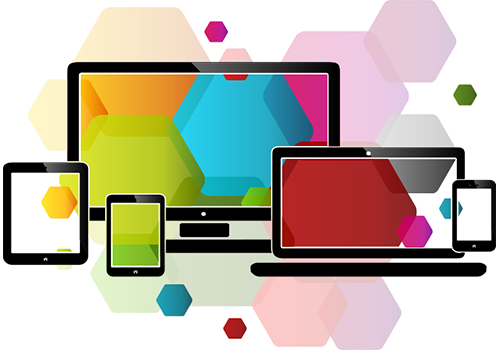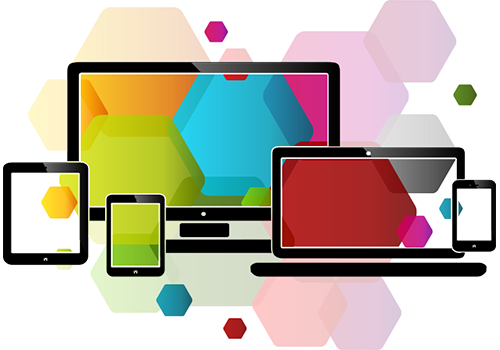
With the plethora of internet connected devices available on the market it can be hard to predict how learners will be consuming your eLearning content. Rather than trying to predict what devices your learners will be learning on, eLearning design has embraced a practice called responsive design so that learners always benefit from optimal user experience—no matter what device they are learning from.
What is responsive Design?
According to a guide from Upside Learning, responsive web design was introduced in 2010 by a web designer named Ethan Marcotte. In his book, Responsive Web Design, Marcotte defines the practice as a technical design endeavor that ensures optimal viewing experiences for people who use different devices to view web content. Compared to traditional web design, responsive web design make designs flexible and adaptive across a wide range of devices so that users do not have to re-size viewing content to match their screen’s device. Still confused?
Have you ever viewed a web page on your phone where the text is so tiny that you have to zoom and adjust multiple times only to get through a fraction of the content? But when you viewed that same webpage on your laptop you did not experience the same issue? Responsive design framework takes the headache of realigning the content for readability out of the equation so content looks great on everything from small screened smartphones to widescreen desktop monitors. Now that education and corporate institutions are increasingly providing eLearning opportunities so students and employees can learn anytime, anywhere—it is important that learning and talent management systems adhere to responsive design standards.
Why is Responsive eLearning Design Important?
Two years ago Google released a comprehensive report on the ubiquitous use of multiple devices to consume content. In their research Google discovered that 90% of daily media consumption occurs on screen-based devices that connect to the internet—television, tablets, laptops/PCs and smartphones. Aside from the typical 8 hour work day, we are spending an additional 4.4 hours of leisure time in front of screens.
With smartphone, tablet and laptop/PC devices becoming more sophisticated it is important to ensure your learning or talent management system is compatible with multiple devices because learners are no longer accessing content strictly from their computers. With the increase in eLearning on smartphones and tablets, it is also important to ensure that LMS design is responsive to the devices orientation. This means that the learner may choose to view content from a portrait or landscape perspective. In sum, equipped with a learning or talent management system that has responsive design, you can rest assured that your learners will always benefit from an optimal user experience.




